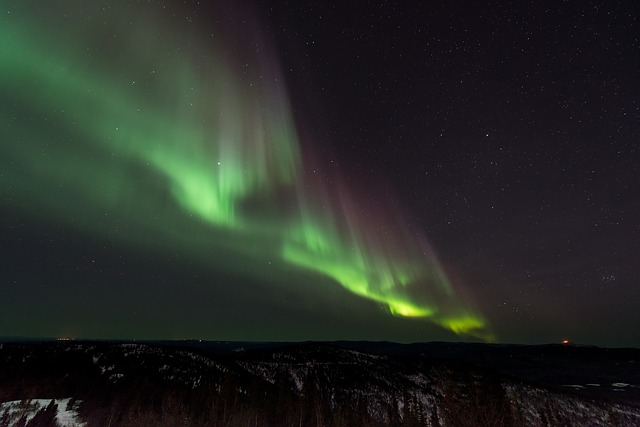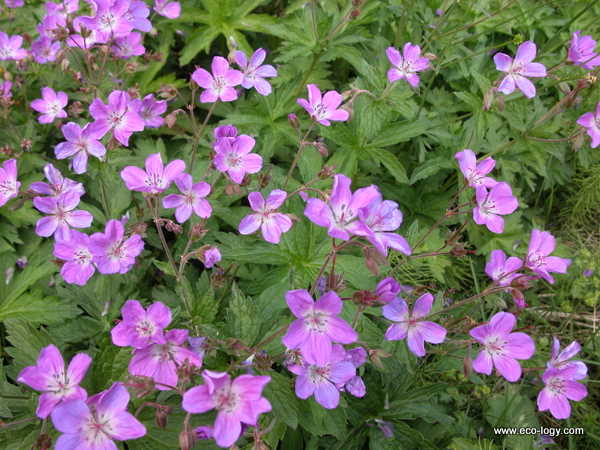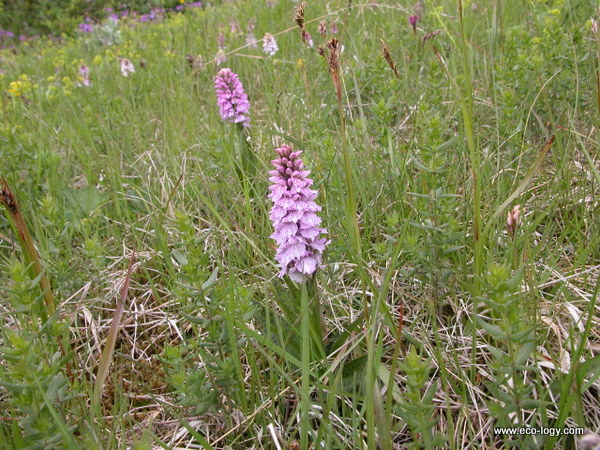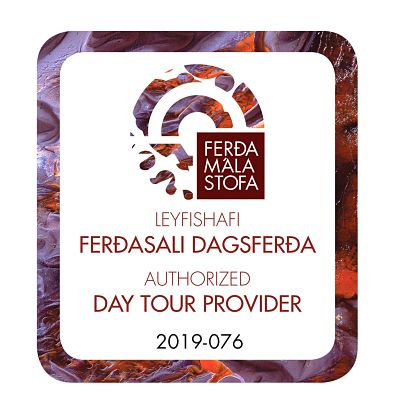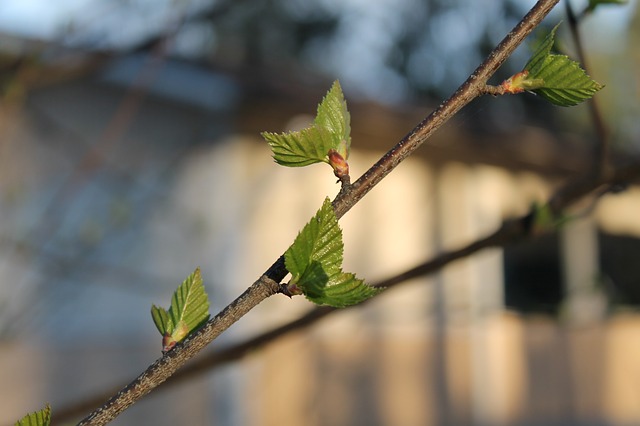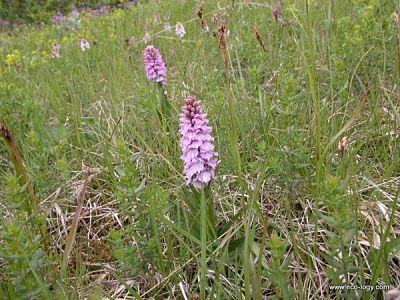Plants living in hot deserts
Deserts are found all over the world, but many hot deserts are located in subtropical areas. The driest deserts are barren sands, while plants grow where there is any water. Xerophytes tolerate drought well, acquiring and preserving water. While many ephemerals produce seeds that remaining dormant until the next heavy rains. When the rains fall the seeds germinate fast, grow and mature in the short growing season, at times changing the desert into beautiful flower fields. Many desert plants have shallow roots capturing the small amount of rain before the water penetrates deeper into the soil. Other plants, such as the Honey Mesquite (Prosopis glandulosa), a leguminous shrub found in both arid and semi-arid environments in North America, have long tap roots.
In the hot subtropical deserts of south-western United States and northern Mexico you typically find the small-leaved Creosote Bush (Larrea divaricata). Like many desert plants, the Creosote Bush tolerates the desert heat and drought, and escapes most herbivores by being very unpalatable. In the desert you frequently find the Creosote Bush growing in mixed shrubbery of woody plants, succulents, and ephemerals. The fine Whitethorn Acacia (Acacia constrictor) is a leguminous shrub found on very arid lands. In deserts with a less arid climate you find Yucca plants such as the robust Joshua Tree (Yucca brevifolia) and splendid Spanish Dagger (Yucca carnerosana).
Succulents, such as cacti, have chunky bodies that store water. They are coated with wax that stops water loss. Sharp spines on cacti prevent thirsty animals from reaching the plant’s juicy centre. Columnar cacti (Carnegiea spp.), such as enormous Saguaro (Carnegiea gigante), grow in many North American badlands, where you also find numerous cacti, for example, the yellow-flowered Texas Prickly Pear (Opuntia engelmannii).
The red flowers of the cactus-like Ocotillo (Fouquieria splendens) attract pollinating bees and hummingbirds. While, the rosettes of the agaves such as the Mescal (Agave derserti) and the Lechugilla (Agave lechuguilla) channel any air moisture toward their roots.
The desert plants of the south-western United States and northern Mexico are triggered by the summer rains. Among the wild plants are the gray-green leaved Cowpen Daisy (Verbescina encelioides), the pretty pink-flowered Desert Verbena (Verbena wrightii) and fragrant yellow-flowered Longspur Columbine (Aquilegia longissima).
Large and small desert plants provide shelter and food for animals and sometimes improve the condititions for neighbouring plants. At other times competition between plants for available water resources is fierce. While the plants are equipped with special structures to protect them from the sun and burning heat, most desert animals seek refuge during the daytime. While you may endure the scorching desert sun, the best time in the desert is often after sunset in the cool night air with the singing choir of insects!
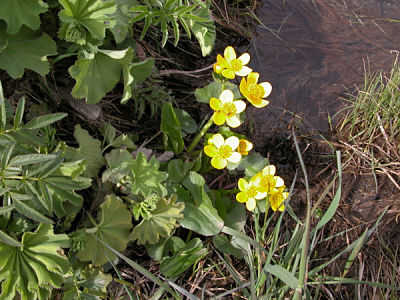


Fáðu nýjustu fréttir og tilboð frá Þund!
Get updates and special offers from Thund!

